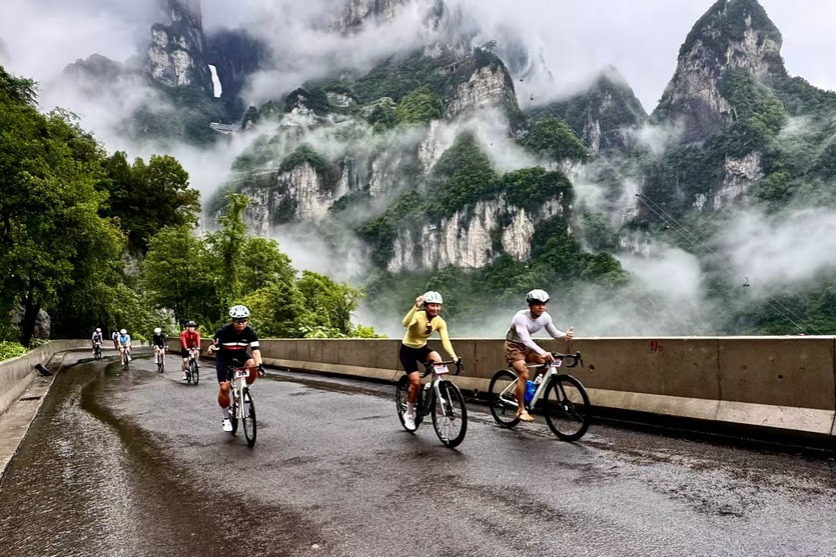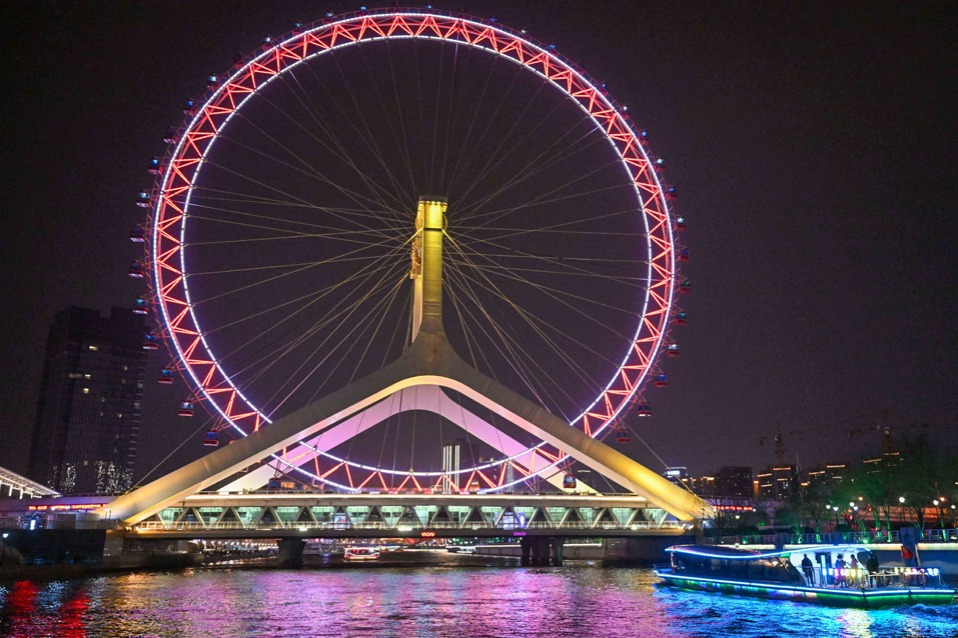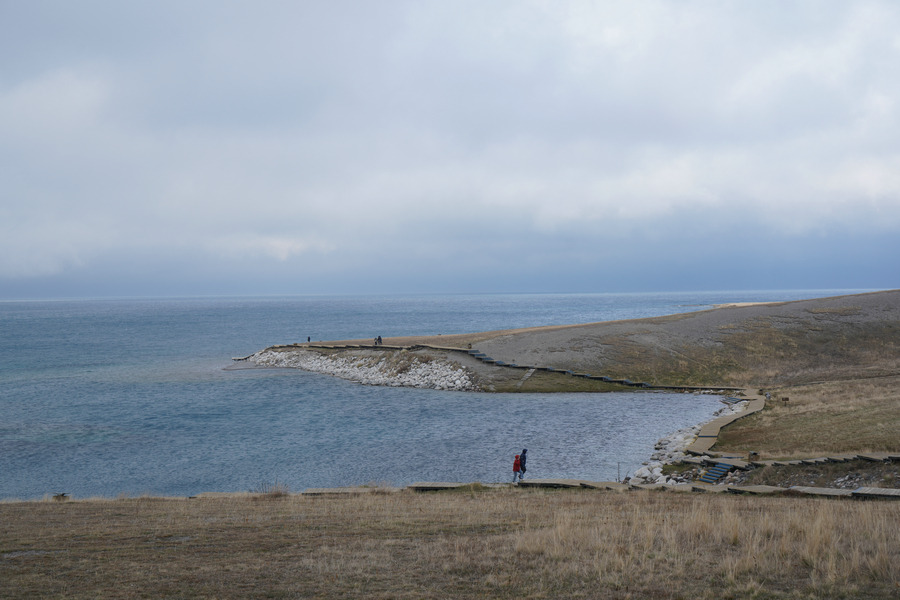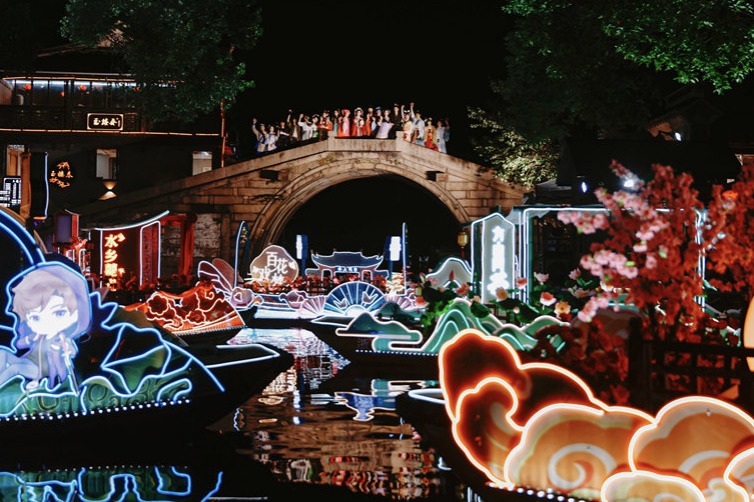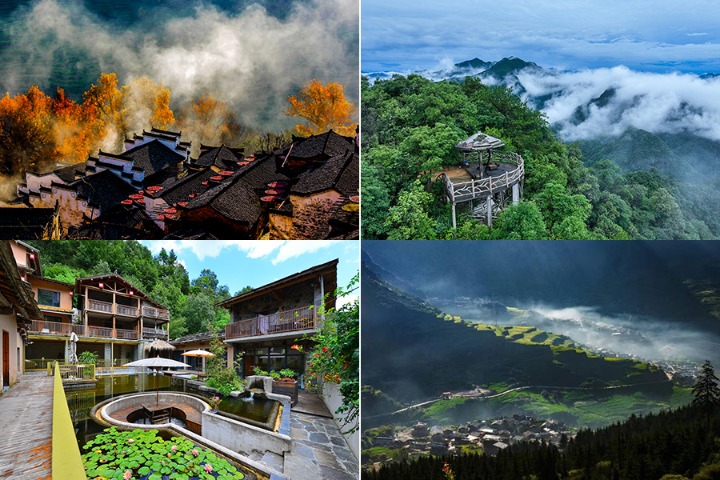Polar tourism comes in from the cold


This includes precise cost control, optimized resource procurement, cruise operations, and service expenses, as well as rational financial planning, he explains.
In addition, companies must focus on product innovation by developing niche in-depth itineraries, creating unique experiential activities, and enhancing product differentiation — all while keeping high-quality service at the core, he adds.
The rise of Chinese travelers to polar destinations has given rise to 66 Degrees Expeditions, marking a turning point in China's presence in the global polar travel market.
Over the past year, the company's flagship vessel, Seaventure, has completed more than 10 polar voyages since its maiden departure from Aberdeen, UK, on May 16, safely transporting over 1,500 passengers.
According to Zheng Minqi, marketing director of 66 Degrees Expeditions, Chinese and Western travelers share core motivations — capturing stunning landscapes, learning through exploration, and connecting with like-minded individuals.
However, Chinese travelers place a stronger emphasis on instant shareability and memory preservation.
"They want to share their experiences in real time and capture their journey through high-quality photos, videos, or even custom-made documentaries," Zheng explains.
To meet these needs, the Chinese travel brand has introduced specialized services, including professional photography guides who assist with composition and camera settings, daily curated photo packages for easy sharing, and personalized documentary editing services that combine passengers' footage with breathtaking polar visuals.
When it comes to booking, Zheng points out that high-end polar itineraries typically require reserving six to 12 months in advance, with popular routes selling out even earlier. While specialized travel agencies remain the primary booking channel due to their ability to handle complex logistics, such as international flights, visas, and ground services, partnerships with educational institutions, business schools, and media organizations are also growing.
These groups often collaborate with travel agencies to design themed trips, such as scientific research expeditions or leadership development courses in polar settings.
The typical Chinese polar traveler is between 35 and 70 years old, primarily from first and second-tier cities, such as Beijing, Shanghai, and Guangzhou and Shenzhen in Guangdong province, Zheng says.
Family trips are common, with many travelers bringing their children or elderly parents, though couples and solo "polar geeks" also form a significant segment, she adds.
"Many travelers also invest in professional gear, such as high-end cameras and functional clothing, for their journey," she says.
Mid- to high-range cabins are the most popular for balancing comfort and value, though some opt for top-tier suites for special occasions.
"Onboard, photography workshops and specialty dining experiences are well-received."
















